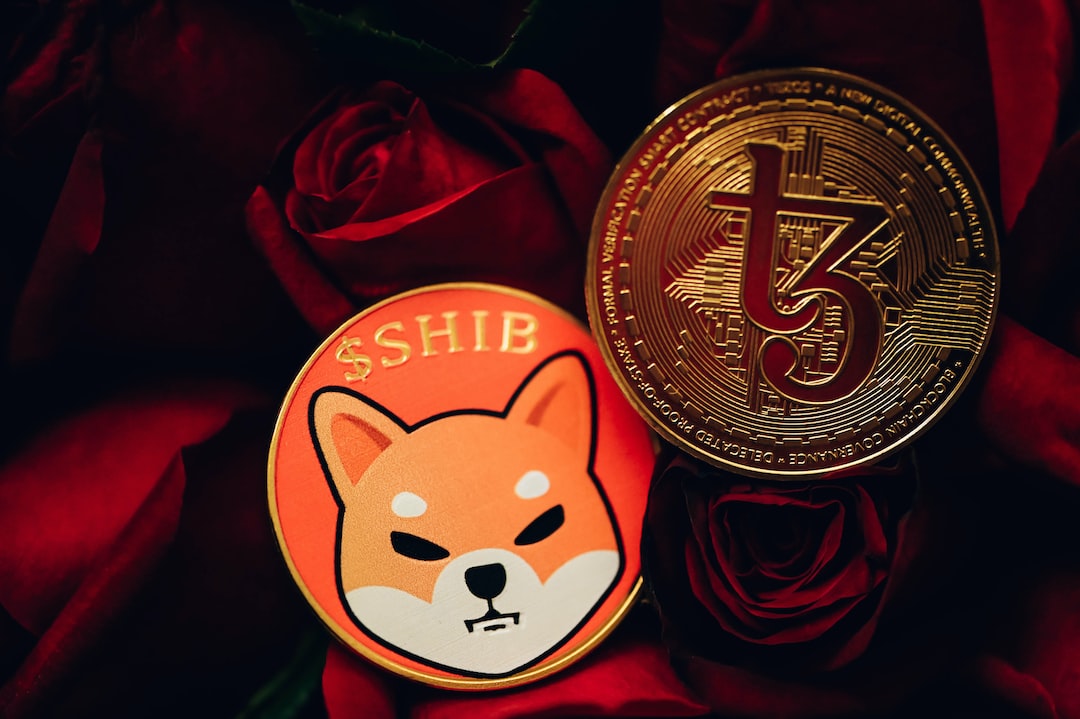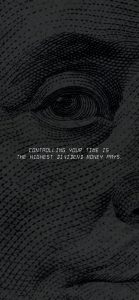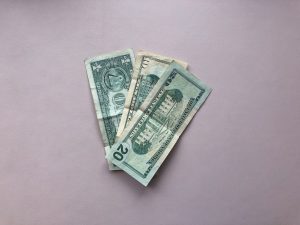The forex market is a global decentralized market where currencies are traded 24 hours a day, five days a week. The forex market is divided into three main trading sessions: the Asian session, the European session, and the American session. The Asian session is the first trading session and is known for its high volatility and liquidity.
The Asian session starts at 00:00 GMT and ends at 09:00 GMT, with the market opening in Tokyo, Japan. The Asian session covers a vast area, including Australia, New Zealand, Japan, China, Hong Kong, Singapore, and South Korea.
The Asian session is important because it is the first session to open, and it sets the tone for the rest of the day. It is also a time when significant economic news is released, particularly from Japan and China, which can impact the forex market.
Here are the forex currencies that make up the Asian session:
1. Japanese Yen (JPY)
The Japanese Yen is the third most traded currency in the world, and it is the most traded currency during the Asian session. Japan is a major economic powerhouse, and the Bank of Japan is known for its aggressive monetary policies. The Japanese Yen is also a safe-haven currency, which means that it tends to appreciate during times of economic uncertainty.
2. Australian Dollar (AUD)
The Australian dollar is the fifth most traded currency in the world, and it is the second most traded currency during the Asian session. Australia is a major exporter of natural resources, particularly iron ore and coal, and the Australian economy is closely tied to the Chinese economy. This means that the Australian dollar is heavily influenced by economic data from China.
3. New Zealand Dollar (NZD)
The New Zealand dollar is the tenth most traded currency in the world, and it is the third most traded currency during the Asian session. New Zealand is a small economy, but it is heavily reliant on exports, particularly dairy products. As a result, the New Zealand dollar is heavily influenced by global commodity prices.
4. Chinese Yuan (CNY)
The Chinese yuan is not a major currency, but it is becoming increasingly important in the forex market. China is the world’s second-largest economy, and the Chinese government is actively trying to internationalize the yuan. The yuan is also heavily influenced by economic data from China, particularly the manufacturing PMI and the GDP growth rate.
5. Hong Kong Dollar (HKD)
The Hong Kong dollar is pegged to the US dollar, which means that its value remains relatively stable. However, the Hong Kong dollar is still an important currency during the Asian session because Hong Kong is a major financial hub and a gateway to China.
6. Singapore Dollar (SGD)
The Singapore dollar is the 15th most traded currency in the world, and it is the sixth most traded currency during the Asian session. Singapore is a small economy, but it is heavily reliant on exports, particularly electronics and pharmaceuticals. The Singapore dollar is also heavily influenced by global commodity prices.
7. South Korean Won (KRW)
The South Korean won is the 13th most traded currency in the world, and it is the seventh most traded currency during the Asian session. South Korea is a major exporter of electronics and automobiles, and the South Korean economy is closely tied to the Chinese economy. This means that the South Korean won is heavily influenced by economic data from China.
In conclusion, the Asian session is an important trading session in the forex market, and it includes a diverse range of currencies from countries like Japan, Australia, New Zealand, China, Hong Kong, Singapore, and South Korea. Each currency has its own unique characteristics and is influenced by a range of economic and geopolitical factors. Understanding the currencies that make up the Asian session is essential for traders who want to be successful in the forex market.













